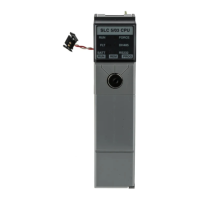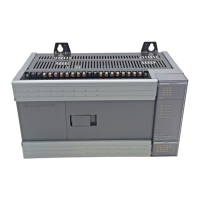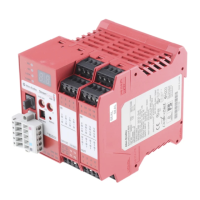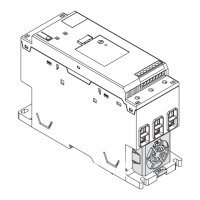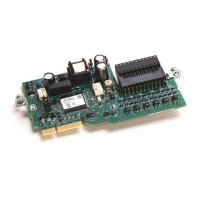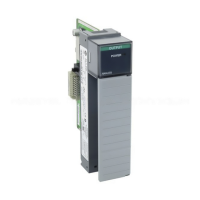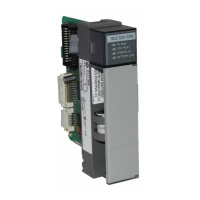QUICKDESIGNER Profibus •
••
• 191
Cables
The PROFIBUS standard defines two variations of the bus cable for PROFIBUS - FMS and
PROFIBUS - DP. Type A is especially recommended for high transmission speeds ( > 500 kBaud) and
permits doubling of the network distance in comparison to Type B. Type B should only be used at low
baud rates and low requirements on the network distances.
Type A
Cable specification Type A for PROFIBUS - FMS and PROFIBUS - DP
Impedance : 135 up to 165 Ohm at a frequency of f from 3 up to 20 MHz.
Cable capacity : < 30 pF per meter
Core diameter : > 0,34 mm², corresponds to AWG 22
Cable type : twisted pair cable. 1 x 2 or 2 x 2 or 1 x 4 lines
Resistance : < 110 Ohm per km
Signal attenuation : max. 9 dB over total length of line section
Shielding : CU shielding braid or shielding braid and shielding foil
Type B
Cable specification Type B for PROFIBUS - FMS and PROFIBUS - DP
Impedance : 100 up to 130 Ohm at a frequency of f > 100 kHz
Cable capacity : typ. < 60 pF per meter
Core diameter : > 0,22 mm², corresponds to AWG 24
Cable type : twisted pair cable. 1 x 2 or 2 x 2 or 1 x 4 lines
Signal attenuation : max. 9 dB over total length of line section
Shielding : CU shielding braid or shielding braid and shielding foil
Shielding
EN 50170 leaves it to the user if a shielded or unshielded cable shall be used. In areas with no
disturbances unshielded cable is permitted. The following reasons however make it advisable to use a
shielded cable:
a) An area free of disturbances will only exist inside of a shielded cabinet. As soon as a relay is
mounted into the cabinet non interference is no longer ensured.
b) The use of unshielded cables requires additional protection mechanisms at the bussignal inputs
against overvoltage.
Therefore it is recommended to always use shielded cable.
This recommendation is also applicable for eventually needed supply cables from external power
supplies to the PROFIBUS devices. (e.g. repeaters).
Double shielded lines are especially suitable for surroundings with heavy electromagnetic interference.
In order to guarantee optimal protection the outer shield (shielding braid) and the inner shield
(shielding foil) should be connected to ground on both cable ends flatly with a ground termination clip.
When using a shielded bus cable it is recommended to connect the shield on both sides low inductively
with the protective ground in order to achieve optimal electromagnetic compatibility. In case of
separate potentials (e.g. refinery) the shield should be connected only at one side of the bus cable to the
protective ground.
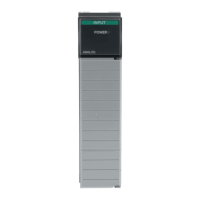
